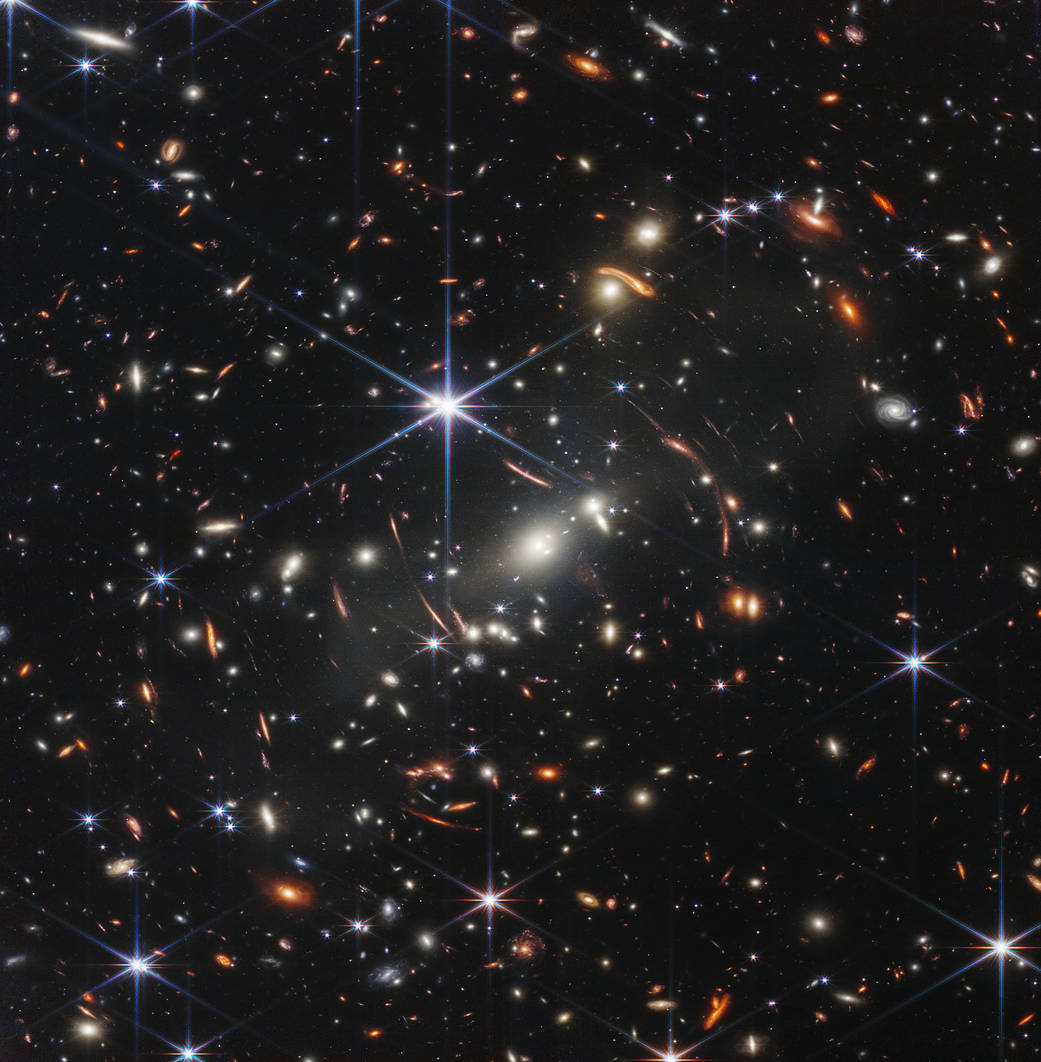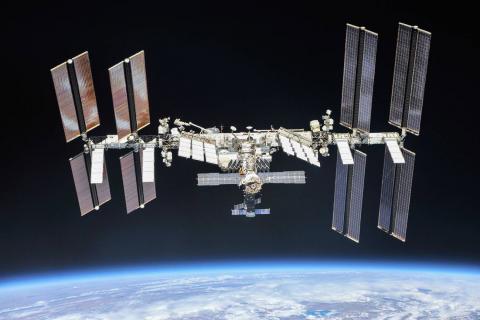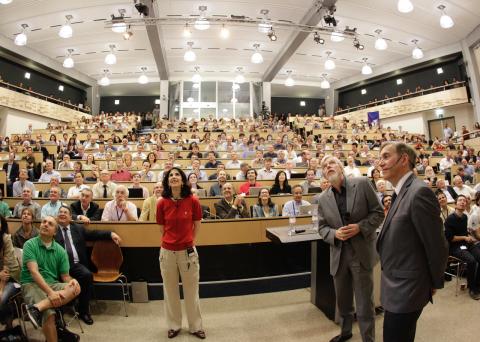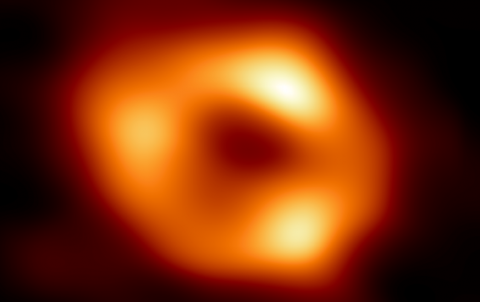Looking at the first deep image of the universe sent to us by the James Webb Space Telescope, several things come to mind, but mainly the following.
The first is the quality of the image, which demonstrates what a technological gem this new space telescope is. I find it fascinating that a telescope capable of deploying a mirror 6.5 metres in diameter has been sent into a stable orbit, 1,500,000 kilometres from Earth, and that the reflective layer of gold (50 grams in total!) covering its 18 hexagonal segments remains aligned in the desired shape to within a millionth of a millimetre.
I still find it amazing to see the James Webb image, even though I myself work on a facility, the Gran Telescopio de Canarias, which is astonishing for the complexity and at the same time the extraordinary precision of its million optical, mechanical and electronic parts, and its advanced control systems. The James Webb Telescope is yet another success story of science and technology, in other words, of the knowledge and creativity of humanity, which almost always provide us with solutions to the most complicated problems, and in all areas.
Secondly, I was very struck by the fact that the image was presented from the White House, by the President of the United States himself. Fortunately, we are hearing Joe Biden's phrase: "We must invest more in science" more and more frequently, and also in Spain. Hopefully this is another sign that the importance of science is really being recognised at all levels, including basic science such as astrophysics which, by its nature, is alien to dominant concepts such as economic profit. The challenge is for this phrase to actually materialise, which is perhaps the most complicated step, as we have unfortunately seen several times in the past. The improvement in investment in science has to be substantial at once, not marginal or anecdotal.
A wonderful image
Third, perhaps the visibility of this news will also give value to what we have at home. The James Webb images are unbeatable in terms of sharpness and depth, but with facilities such as the Gran Telescopio de Canarias, images of these cosmological fields have been obtained that compete on a par with those of the Hubble and James Webb space telescopes. And this, thanks to the knowledge, innovative capacity and dedication of our scientists, who, with an investment 50 times smaller than the James Webb telescope, design experiments to compensate for the disadvantage of observing from Earth through its atmosphere, which significantly worsens the image quality of astronomical observations.
Finally, what a wonderful image! Very deep and detailed, and with a touch of optical illusion due to the effect of gravity on the light from distant galaxies, which appear distorted into arcs.
With the James Web telescope we will have fun for years to come. In other words, there will be material for a generation of astrophysicists who will be lucky enough to be able to peer into some of the phenomena of the universe as never before. These will undoubtedly be important steps in many astrophysical topics, such as - among the most important - the knowledge of the first hundreds of millions of years of the universe and the study of the atmosphere of planets around other stars.




